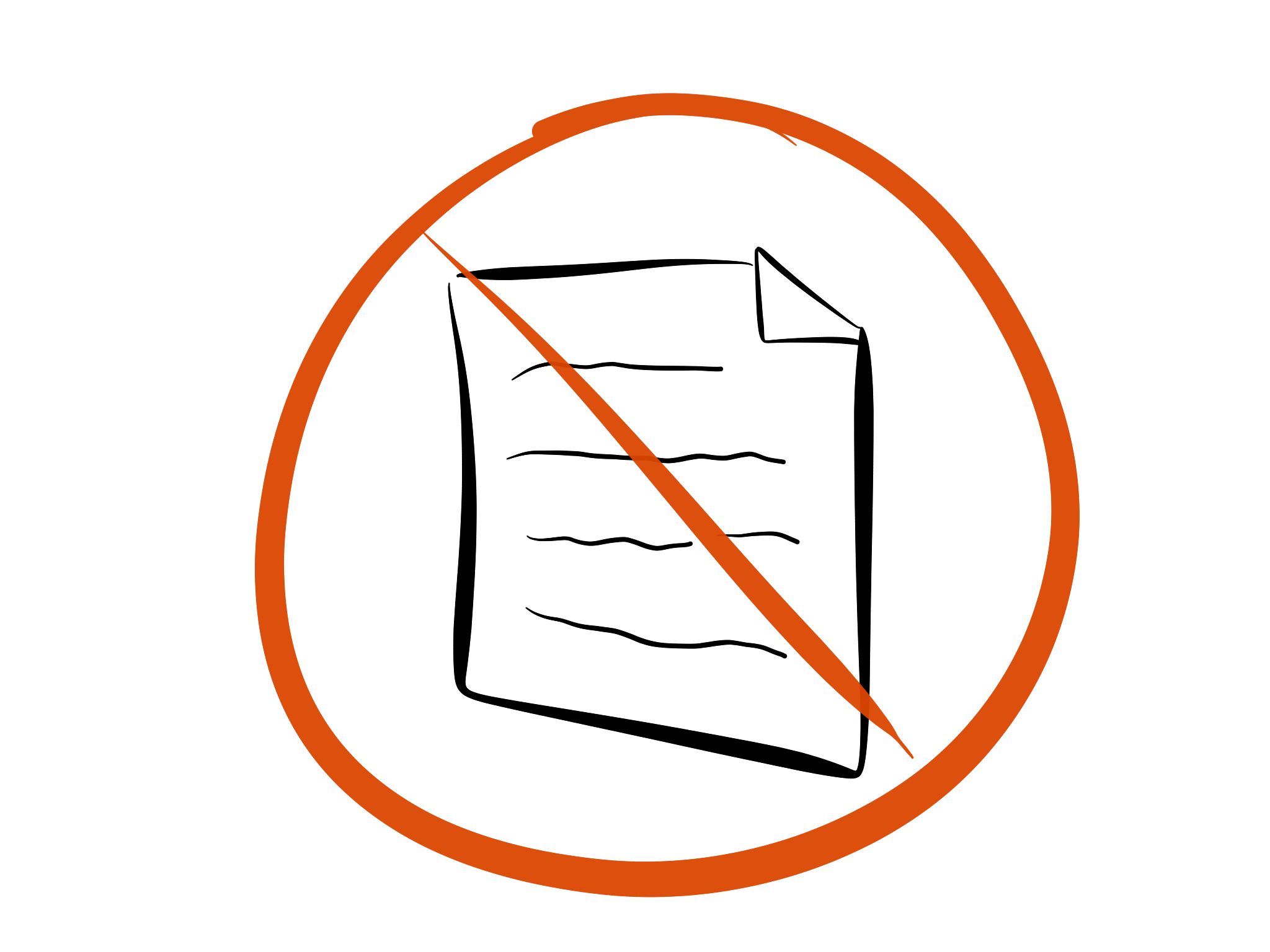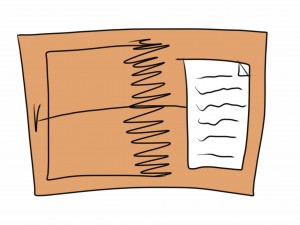Tonight the streets are filled with love.
These are the first words I heard from the radio alarm on Tuesday morning. Those seven simple words filled me with awe.
I had never heard of Crown Prince Haakon. I have no idea what sort of man he is. But his words spoke to me deeply.
The streets weren’t filled with anger or hatred. Not vengeance. Not negativity.
Love. Resilience. Humility. Defiance. Dare I say forgiveness?
What a colossal reframe of the situation! What a powerful perspective. What a bold statement to make.
We look to leaders in times of crisis to help us make sense of a situation. To provide guidance and reassurance. Leaders simplify things.
I was taken by Crown Prince Haakon’s reframe because it said so much in so few words. It also chimes well with the Jim Collins school of thought that the best leaders encapsulate humility and a quiet but steely determination, which resonates with me.
It wasn’t just Crown Prince Haakon. Norwegian Prime Minister Jens Stoltenberg said, “Evil can kill a person, but it cannot kill a people.”
Oslo Mayor Fabian Stang said, “We will punish the guilty. The punishment will be more generosity, more tolerance, more democracy,”
Wow. What amazing courage and resolve.
Tonight the streets are filled with love
I have seen dozens definitions of leadership over the last fortnight but those seven words say it all.



